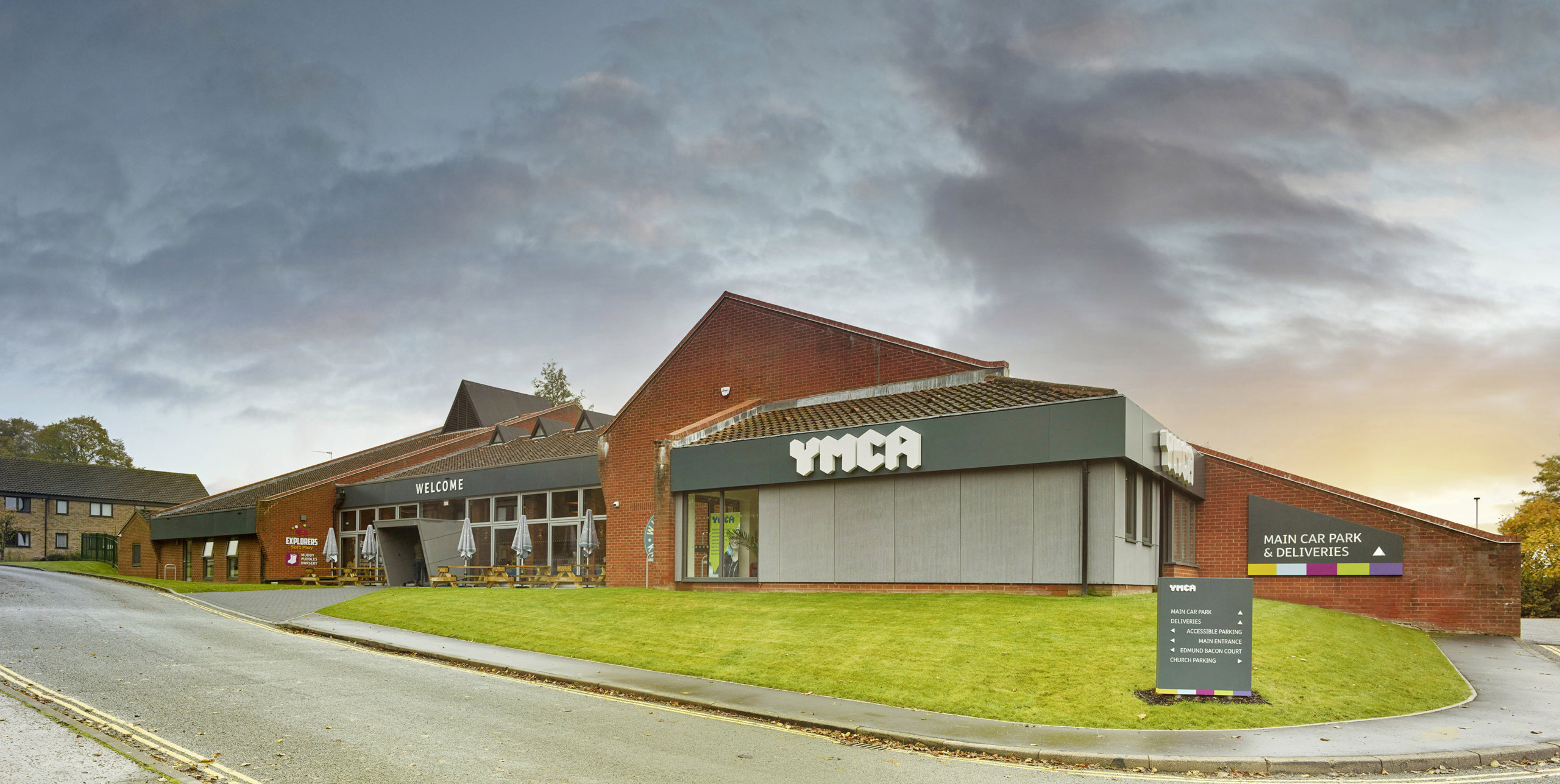Thoughtful interior design creates inspirational community hub
A former Royal British Legion building has been transformed by LSI Architects into a bright and welcoming community hub for the YMCA in Norwich.
The refurbished £1.8m centre offers a range of services with a particular focus on families, including a day care nursery, café and soft play centre.
As a not-for-profit organisation, the YMCA aims to support young families and give young people a better start, and by providing services to the local community, the income generated can be reinvested to support the charity’s wider goals.
Retaining and renewing striking design elements
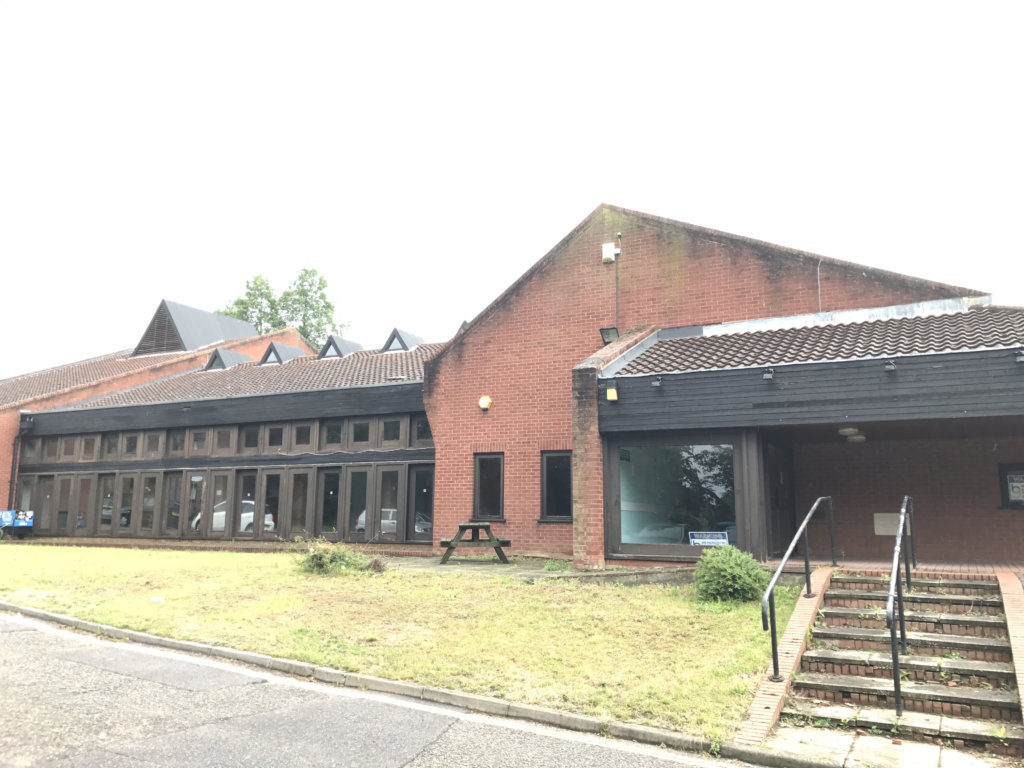
From the very first site visit, it was clear that the building had plenty of character and included some unusual design elements, which the design team were keen to retain as far as possible.
LSI worked closely with the client to interrogate the original brief, bringing its knowledge of education, café and office spaces together to make best use of the existing spaces.
The building was in such a state of disrepair that it was essential that we could show its potential visually, explains Daniel Pedley, associate at LSI Architects. Archicad enabled us to develop the internal spaces collaboratively with the client and make some critical design decisions which shaped the project.

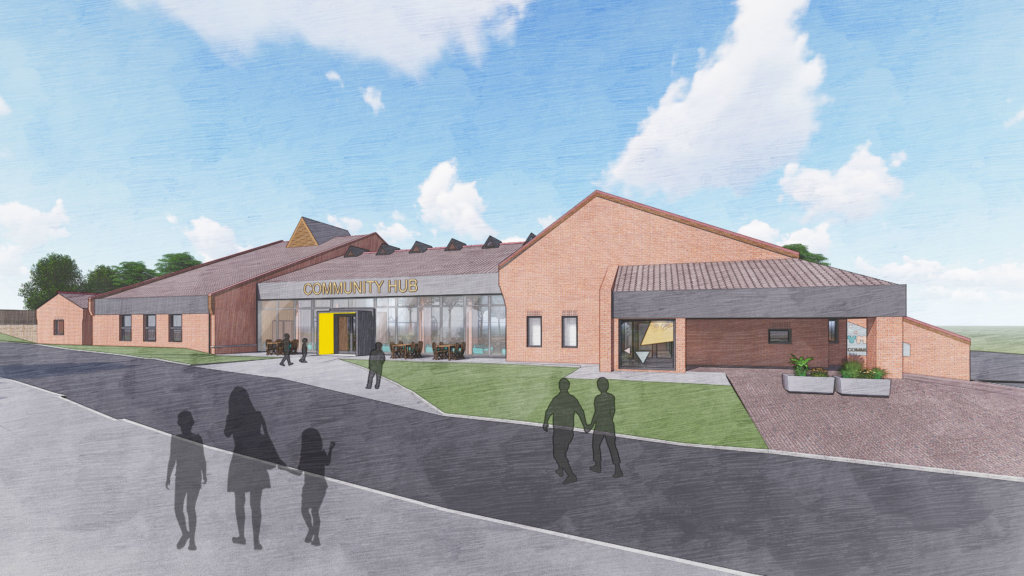
For example, the original dancefloor in the building was to be sub-divided to create two new nursery spaces. One of the most dramatic features of this space was a section of floor to ceiling glazing half-way along the room.
A decision needed to be made on how to divide the space and which nursery room would benefit from the glazing.
LSI’s solution was to introduce an angled wall to cross the space and link the two rooms while also introducing an element of play within the new nursery space.
A circular window in the nursery filters light from the glazing from the inner space into the exterior space. Another window at a lower, ‘child height’ level also means children can peek through into the next room to see what’s going on in there.
With the help of Archicad, we could easily explain to the client how the designs would work three-dimensionally. In addition to the floor to ceiling glazing and angled wall, there are a number of vaulted roofs in the property. These spaces are incredibly difficult to see on a 2D floorplan and Archicad meant that the client and parents of nursery children could immediately see and appreciate the designs, continues Daniel.
Archicad for interior design
The refurbishment of the building was largely internal, with a full strip-out of many areas and localised internal demolition. Externally, LSI replaced several windows, created a new entrance with canopy and curtain walling, and infilled the original entrance to create further office space.
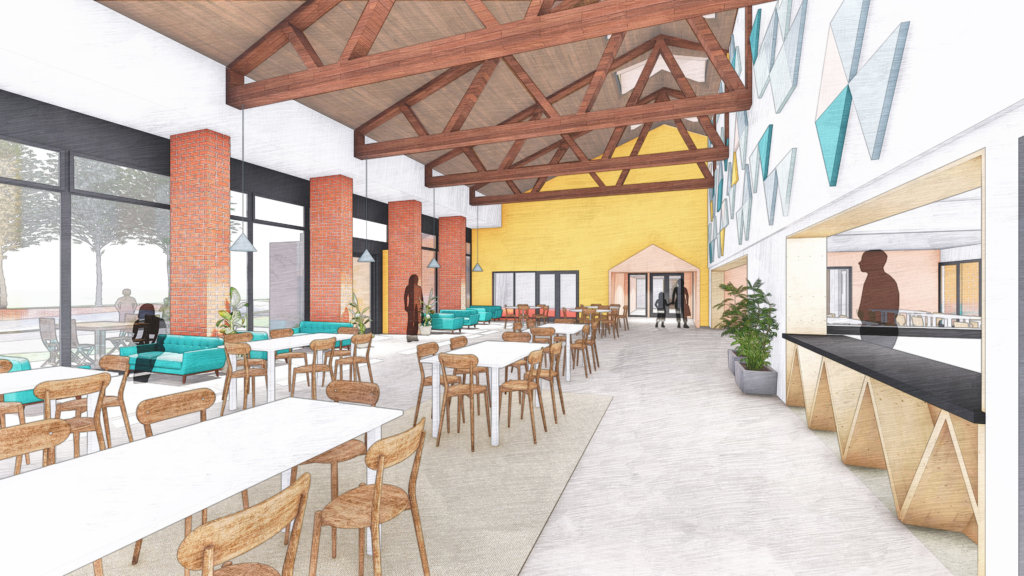
Archicad’s renovation tool was fundamental to stripping back the existing building layers and adding our new interventions with the relevant objects. We used complex profiles and added textures and lighting to the interiors within the model. This made it very easy to demonstrate the proposals to the client and also made production of the construction information very efficient, explains Daniel.
The rendering package, material library and lighting tools were also key to illustrating the developing interior to the client and allowed us to quickly change elements through consultation to fine tune the overall look and feel. We’ve supplemented Archicad’s libraries with in-house developed materials and objects, which gives us maximum flexibility for this process.
With active option management, using layer combinations, renovation filters and graphic overrides, we were able to swap in and out different furniture arrangements and material selections during the consultation stage, which was very useful. Being able to navigate around the 3D space and make changes in real time was key to the early decision-making process.
Bespoke furniture and colour schemes
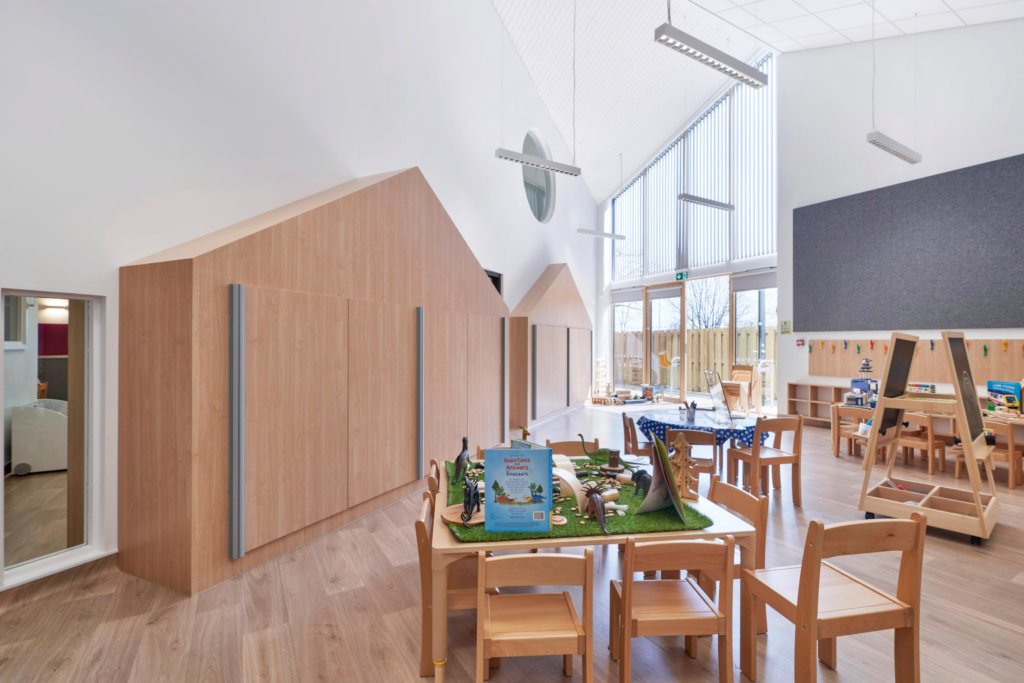
YMCA employed an interior design consultant to work on the café colour scheme and palette and we overlaid this colour scheme onto the internal fittings, says Daniel. We were able to take the elements in Archicad and tweak them and also brought in details of suppliers’ materials directly into the model. This was very valuable to the client as it enabled them to clearly see the overall look and feel of the space.
LSI designed bespoke fitted furniture for the café and nursery areas which was straightforward to make in Archicad using native modelling tools, such as complex profiles. For other furniture elements the team was able to use existing objects within Archicad’s library and adapt them to suit the form they were looking for.
The power of visualisation
Working with images, sketches and 3D visualisations, LSI tailored the design to suit the client’s branding aspirations and created marketing material to promote the scheme.
Planning permission was required and visuals produced from the Archicad model were important not only for the planning submission, but to aid the fundraising scheme for the project and provide prospective parents with an idea of the spaces that would be created.

The renovation tool within Archicad was very useful for communicating the designs to the planning team. For example, certain openings such as the entrance hall were changing and we were able to demonstrate the changes by showing the original and then the new design in the 3D model.
Using the model in this way also helped to secure donations for the project and allowed prospective parents to navigate the building before committing to a place at the nursery, continues Daniel.

Collaboration and communication
LSI used the scheduling functionality within Archicad to list out all the elements of the scheme for the contractor.
In addition, when ordering the bespoke furniture, the use of the 3D model meant that the contactor could easily pass on the correct details to the manufacturer to get accurate pricing, and the fabricators delivered exactly what the team was expecting.
The DWG import function allowed LSI to bring in 2D subcontractor information and overlay it with details, scale and double check the information easily. This helped to keep the project on track and ensured the contractor had all the information necessary to deliver the scheme as designed.
During the construction stage of the project LSI was involved in inspecting the works as they were undertaken, responding to contractor queries and checking subcontractor information.

Throughout the project, we used Graphisoft’s BIMcloud to work fluidly and seamlessly as a team, explains Daniel. This approach to internal collaboration is fundamental to how we operate on all our projects.
The end result is testament to the collaborative effort between the client, the design team and the contractor, Cocksedge, who produced work on site of a very high quality.
A sustainable solution for the whole community
Ultimately, the re-use of an existing building proves that the project has been achieved in a way that is inherently sustainable. The renovation has breathed new life into a real community asset which was otherwise in a very poor condition and so this scheme has removed the possibility of the building’s demolition.
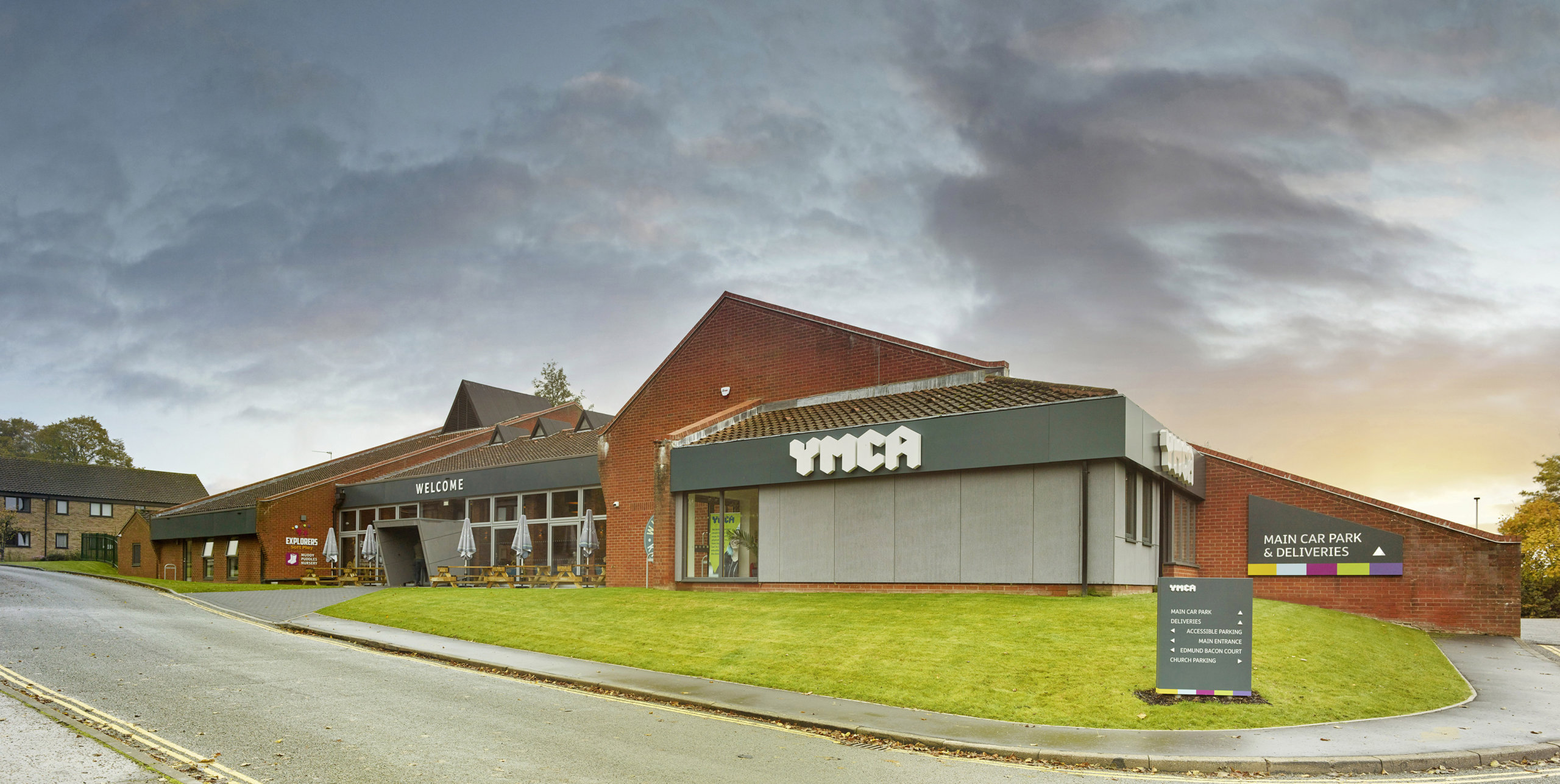
Moreover, the build needed to be delivered as efficiently and cost-effectively as possible and with the help of Archicad and designing in 3D from the outset, both time and cost overheads were kept to a minimum throughout, concludes Daniel.
